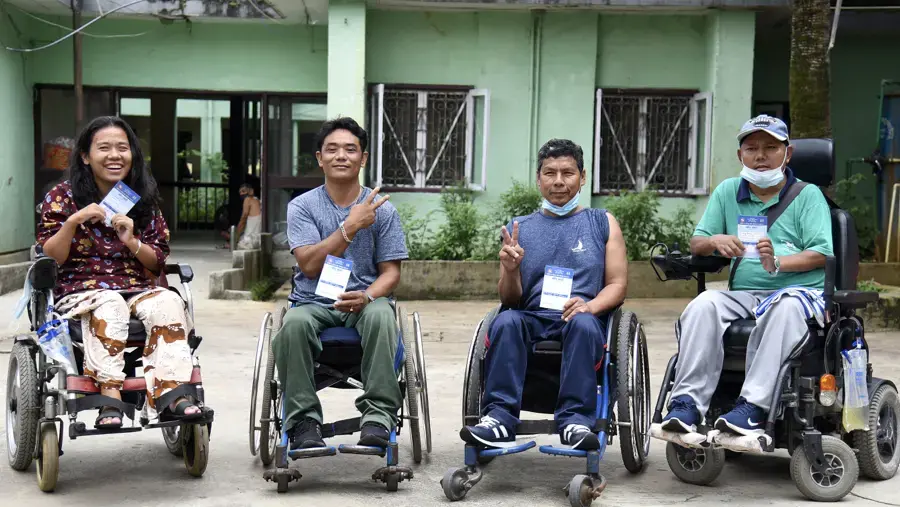Where are we?
Where are we? Questions to aid understanding of disability data and inform advocacy
This is a resource for Organisations of Persons with Disabilities (OPDs) to use in determining where your organisation and your country is positioned in relation to the collection, analysis and reporting of disability data. The following questions are a useful tool in determining what to ask during investigation and the responses will help inform advocacy.
(Prepared by Inclusion Advisory Group at CBM Global with support from UNFPA Asia Pacific, 2021)
How governments and other organisations are progressing or using data
General
- Is there a clear understanding of the importance of collecting data on persons with disabilities?
- Is there an interest to take action to improve the data collected?
- Is there a budget to improve collection, quality or reporting of disability data?
- Do the key stakeholders have the technical capacity to collect, analyse and report on the data?
- Are persons with disabilities involved in each stage of the data process?
Collection of disability data
- Is data collected on persons with disabilities? If yes, for what purpose, e.g. prevalence, disaggregation, other?
- Are functional questions used that produce comparable data, e.g., Washington Group Questions?
- Is the census and/or other survey data disaggregated by disability?
- Is data collected about the barriers and enablers to inclusion of persons with disabilities?
- Is there adequate translation, training, and monitoring of the data collected?
Data analysis, reporting and use
- Is the collected data analysed?
- Is the data used for disaggregation, where appropriate?
- How are persons with disabilities involved in interpreting the data?
- Are reports arising from the data publicly available?
- Are lessons from data collection, analysis and reporting captured and shared?
What OPDs need or know about available data and how to use it: Understand your starting point
Types of data needed to make our advocacy case
- Do we have clear advocacy objectives? And do we have knowledge of what data is needed to support the advocacy objectives?
- Do we need quantitative data that tells us the number of persons with disabilities, their characteristics and how they are and are not fully included in society?
- Do we need qualitative data? (e.g., about the barriers that persons with disabilities face)
- Where do we go to find out more?
Data collection in our country, sector and community
- Who is collecting data on persons with disabilities:
- At the national level?
- In the disability movement?
- In the NGO sector?
- In the community?
- How can we use data from these different sources for our advocacy?
- Are we involved in supporting or advocating for how data is collected by these different stakeholders?
Data collection by CBM
- Do we collect data about persons with disabilities ourselves? e.g., surveys of OPDs members? Or in projects we run?
- Do we collect evidence on the challenges faced by persons with disabilities in the community?
- How does this complement other data sources for our advocacy message?
Using available evidence in the most effective way for influencing
- How can we present data in a non-technical and compelling way?
- How can we use available data from a range of sources to advocate for more or better data?
- How can we use stories to supplement data gaps?
SUMMARY - METHODOLOGY - FINDINGS
WASHINGTON GROUP QUESTIONS - WHERE ARE WE?
OPINION PIECE - MEDIA RELEASE - PDFs



